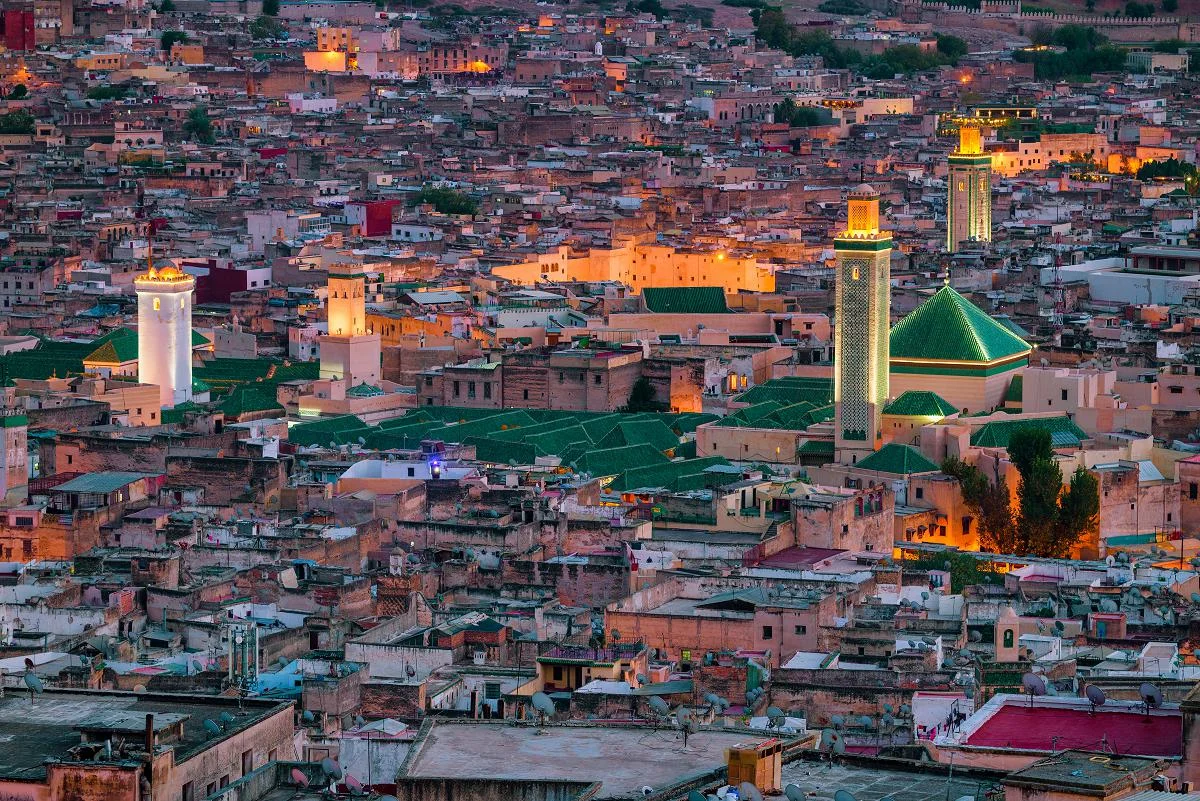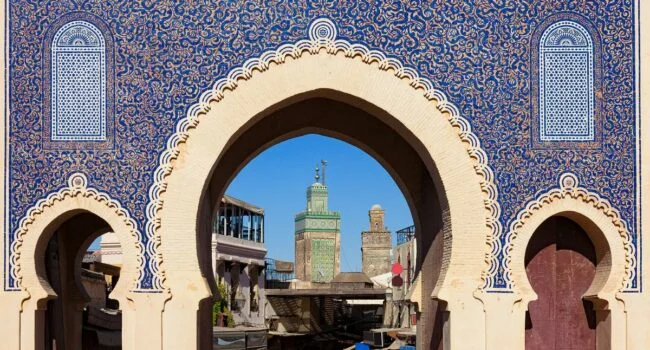Fès is an unmissable “city-museum.” Milling with people and full of colour, it has stunning decoration, such as the medina of Fez el Bali, one of the largest cities in the world of the medieval type.
The town of Fez is divided into three parts : Fez el Jedid (semi-old Fez) and Fez el Bali (old Fez) which make up the medina, and “Fes la Jeune” (new town) ) built by the French at the time of the protectorate and where the administrative district is to be found.
In order to get an overall impression, the best thing to do is to go to the heights overlooking the city. For this, you will need to take the “Route de Tour de Fès”, which branches off from Avenue Hassan II (main street of the new city) and leads to El Kolla hill where the Merinid Necropolis is (Fourteenth Century).











Follow Us